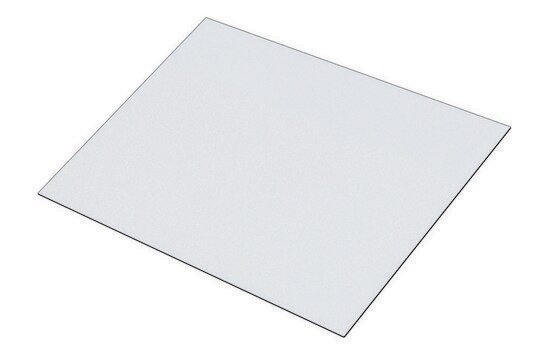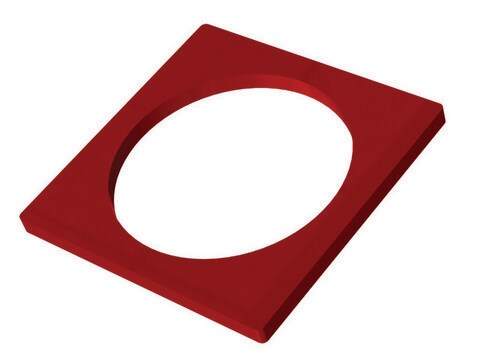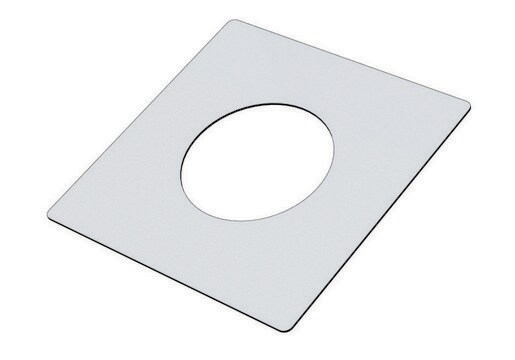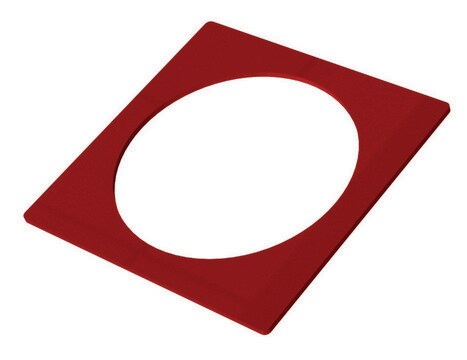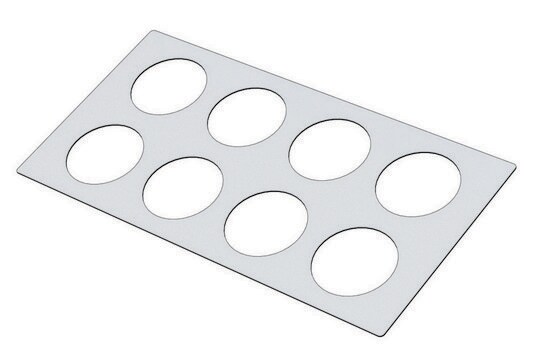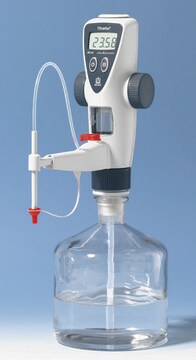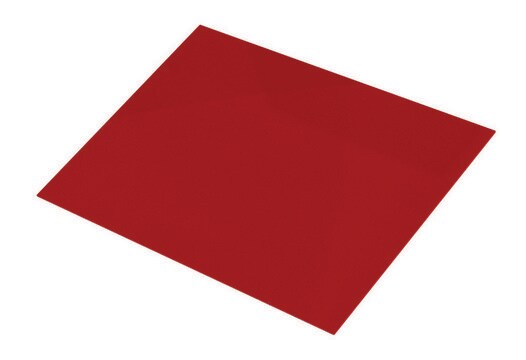GBL665104
Grace Bio-Labs Press-To-Seal silicone isolator, PSA one side
wells, 1 (Round, 20mm diameter, 0.9mm depth), (Adhesive on one side)
Synonym(s):
Nonadhesive reagent isolators, autoclavable slide chambers, removable hydrophobic barrier
About This Item
Recommended Products
material
red silicon
sterility
non-sterile
feature
wells 1 (Round, 20mm diameter, 0.9mm depth)
(Adhesive on one side)
packaging
pack of 25 ea
manufacturer/tradename
Grace Bio-Labs 665104
external L × W
25 mm × 25 mm
well area
3.14 cm2
wells
1
Looking for similar products? Visit Product Comparison Guide
General description
Silicone Isolators remain sealed to smooth surfaces during washing steps. Where additional sealing is required, SecureSeal adhesive on one or both surfaces is recommended. Each seal design is also available in CultureWell "water-clear" silicone, which is highly recommended for sensitive cell culture applications. Closed chambers may be formed using flexible RNase free, HybriSlip covers. Recommended use temperature is -62°C to 218°C.
Choose from one of the most recent versions:
Certificates of Analysis (COA)
Sorry, we don't have COAs for this product available online at this time.
If you need assistance, please contact Customer Support.
Already Own This Product?
Find documentation for the products that you have recently purchased in the Document Library.
Our team of scientists has experience in all areas of research including Life Science, Material Science, Chemical Synthesis, Chromatography, Analytical and many others.
Contact Technical Service